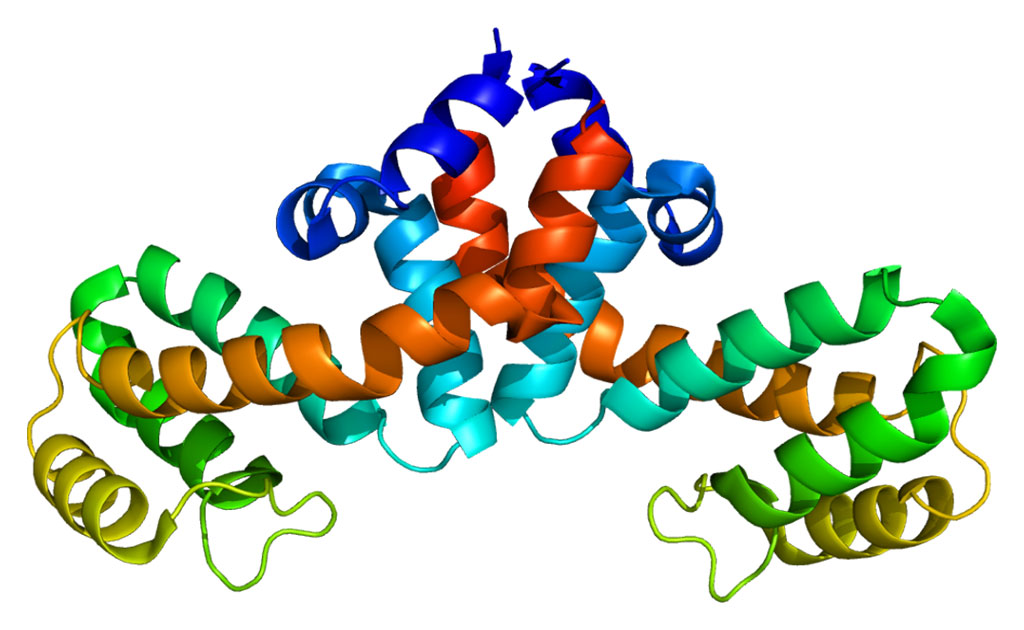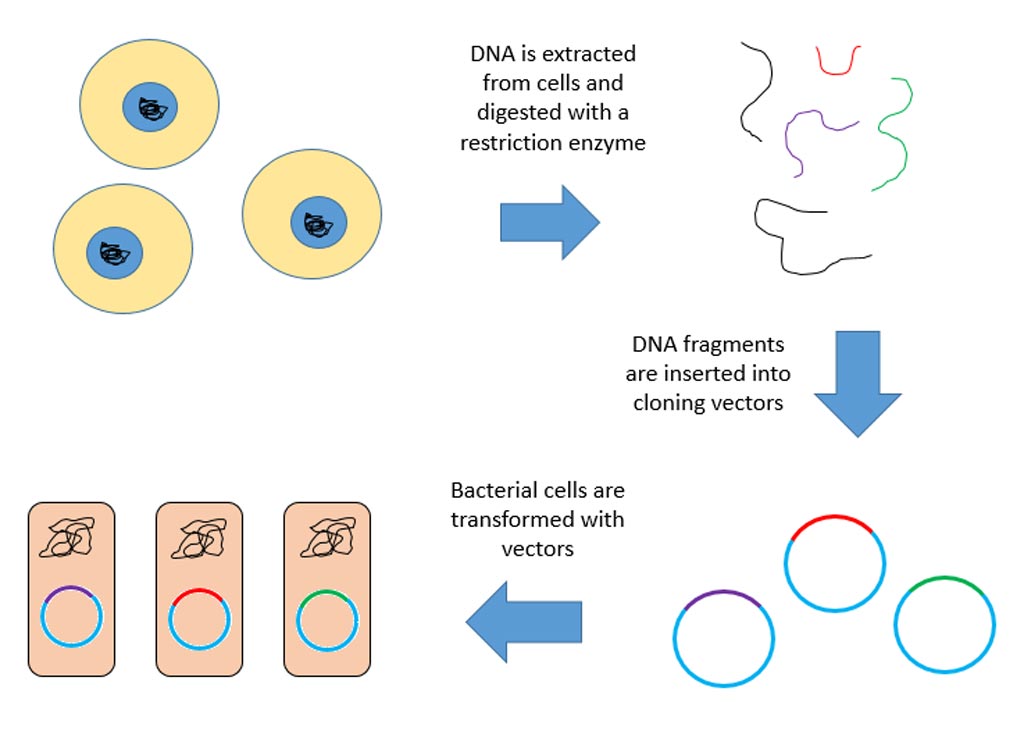Kratom Benefits Controversy Explored as Adverse Effects Continue
By Gerald M. Slutzky, PhD
Posted on 14 Dec 2016
A recent review article addressed the ongoing controversy regarding the possible medical benefits of the chemically active compounds in the leaves of the kratom tree.Posted on 14 Dec 2016
Kratom (Mitragyna speciosa) is a plant indigenous to Southeast Asia. Its leaves and the teas brewed from them have long been used by people in that region to stave off fatigue and to manage pain and opioid withdrawal. While various kratom extracts are currently sold in the United States as herbal supplements, poison control centers noted 660 reports of adverse reactions to kratom products between January 2010 and December 2015. In August 2016, the US Drug Enforcement Administration announced plans to classify kratom and its mitragynine constituents as Schedule I controlled substances, the same classification as marijuana, LSD, and heroin. This classification would prevent the vast majority of U.S.-based researchers from studying kratom extract products.

Image: A close-up of Kratom plant leaves (Photo courtesy of Wikimedia Commons).
The kratom controversy was addressed in a review article written by Dr. Walter Prozialeck, chairman of the department of pharmacology at Midwestern University Chicago (IL, USA), which was published in the December 2016 issue of The Journal of the American Osteopathic Association.
The report stated that during the period when kratom was classified in the USA as a legal herbal product it had been used for the self-management of opioid withdrawal and pain. Despite increasing numbers of reports of adverse effects resulting from use of kratom products, recent studies have confirmed that kratom and its chemical constituents do have useful pharmacologic actions.
The report presented an overview of the pharmacologically active compounds in kratom, including mitragynine, 7-hydroxymitragynine, paynantheine, speciogynine, and 20 other substances. It also examined the extensive amount of anecdotal evidence and current scientific research, which suggest that kratom may be safer and less addictive than current treatments for pain and opioid withdrawal.
"Many important medications, including the breast cancer treatment tamoxifen, were developed from plant research," said Dr. Prozialeck. "There is no question kratom compounds have complex and potential useful pharmacologic activities and they produce chemically different actions from opioids. Kratom does not produce an intense euphoria and, even at very high doses, it does not depress respiration, which could make it safer for users."
Related Links:
Midwestern University Chicago














